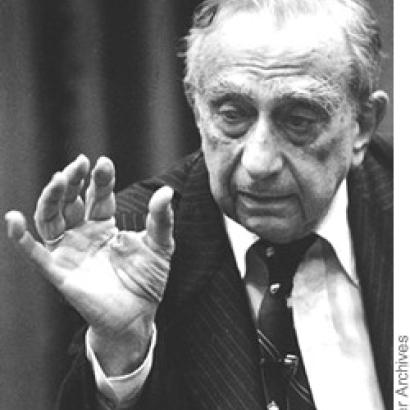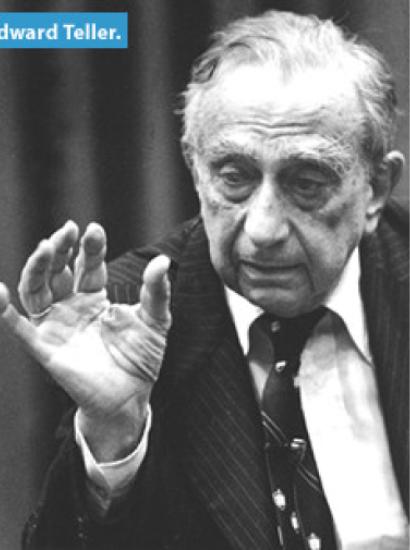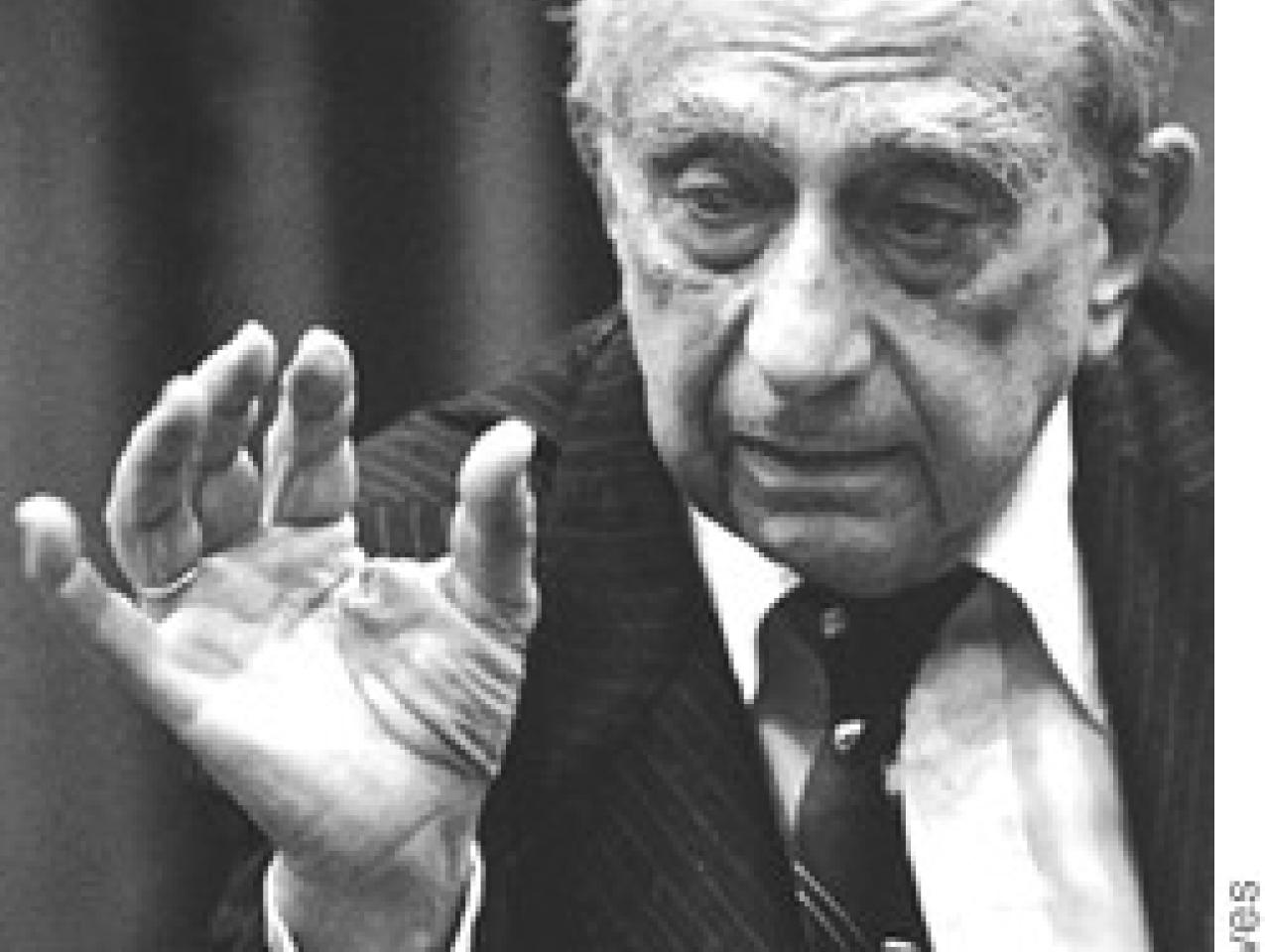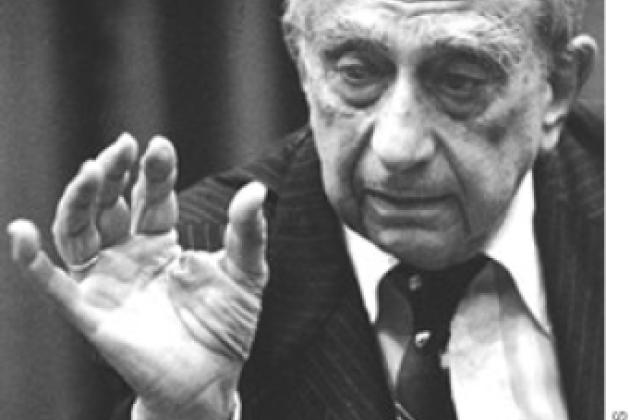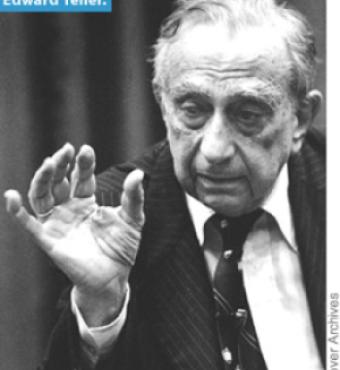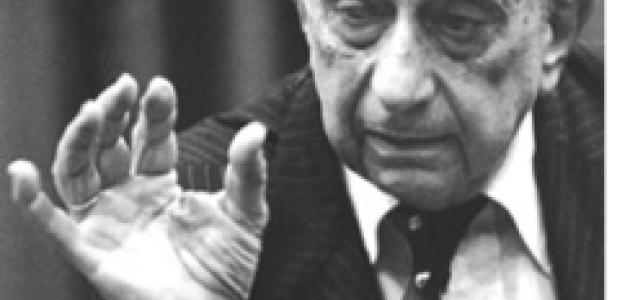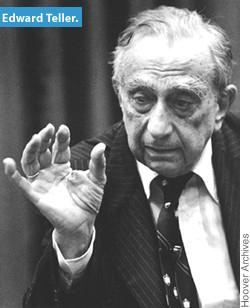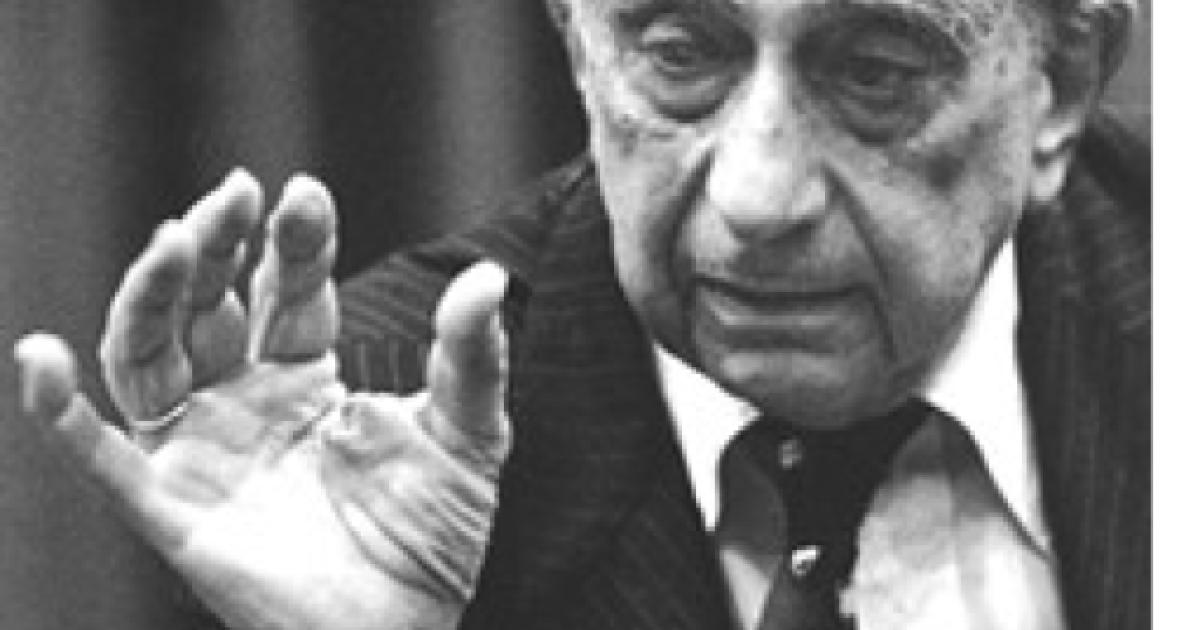- World
- Energy & Environment
- History
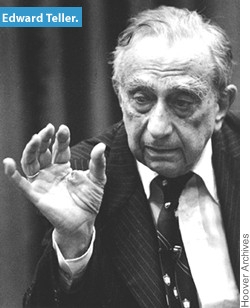
Edward Teller, the Hungarian-born world-renowned nuclear physicist, died on September 9 at age 95. Less than two months before his death, President Bush awarded him the nation’s highest civilian honor, the Presidential Medal of Freedom. Teller was too ill to accept the medal in person. The president telephoned him at his California home to congratulate him before the presentation ceremony. Teller’s daughter, Wendy, accepted the medal on his behalf at the White House.
I knew Teller as a Hoover colleague, but I also knew him not only as the great scientist he was but as someone who, regardless of infirmity, took any opportunity offered him to talk to students. For some years, I’ve run a weekly “pizza and politics” luncheon to give Stanford undergraduates the opportunity to meet Hoover fellows. Before Teller became housebound, I regularly invited him to meet and talk to the students, an invitation he eagerly accepted.
And when he arrived at our luncheons, it was like some historical apparition, the man derided by his enemies as “Dr. Strangelove,” who appeared out of a past the students had read or heard about that had become the present in a Hoover seminar room. He charmed students with his Hungarian-accented English and aroused them with his passionate tribute to modern science, especially to quantum physics. He exemplified Albert Einstein’s dictum, as theoretical physicist Lowell Wood, a Teller protégé and now a Livermore senior scientist, put it, that “even the deepest truths can be simply conveyed.”
Teller fled to America from Germany when Adolf Hitler came to power. And in America he began his long career in theoretical research. With the coming of World War II and President Franklin D. Roosevelt’s call to arms of the scientific community, Teller moved from theoretical physics to applied nuclear physics studies at Columbia University.
It was Teller who in 1939 drove his fellow Hungarian physicists, also émigrés, to Einstein’s Long Island summer home, where Einstein signed what history will one day show was one of the most important letters ever written: the letter to Roosevelt from Einstein urged the United States to undertake atomic weapons research before the Nazis did so. Roosevelt listened.
Teller then applied for an initial government grant of $6,000 to support Enrico Fermi’s nuclear reactor studies. That grant eventually grew into the Manhattan Project and then into Los Alamos.
When in 1949–50, the Soviet Union made its first nuclear bomb test, Teller pushed for the thermonuclear bomb as part of the U.S. defense program. With President Truman’s approval, Teller led in designing the first thermonuclear device tests in 1952. He went even further in his promise of a warhead that could be launched on a long-range missile carried by a submarine. That missile became Polaris, which was successfully tested in 1958.
Perhaps one of his most important contributions was to President Reagan’s Strategic Defense Initiative (SDI)—also known as “Star Wars”—which repudiated the MAD doctrine of “mutually assured destruction” and sought instead to prevent a missile attack on the United States. And when the president announced SDI on March 23, 1983, Teller was at the White House, having dined with Reagan in advance of his historic address whose theme was “Wouldn’t it be better to save lives than to avenge them?” Years later, the onetime Soviet leaders admitted that the beginning of the end of the Soviet empire came with SDI.
How fortunate for America and for the free world that there was a haven for immigrants like Teller and, of course, Einstein. I wish Teller were around now to explain how quantum mechanics could be used to thwart Osama bin Laden and his cohorts.








